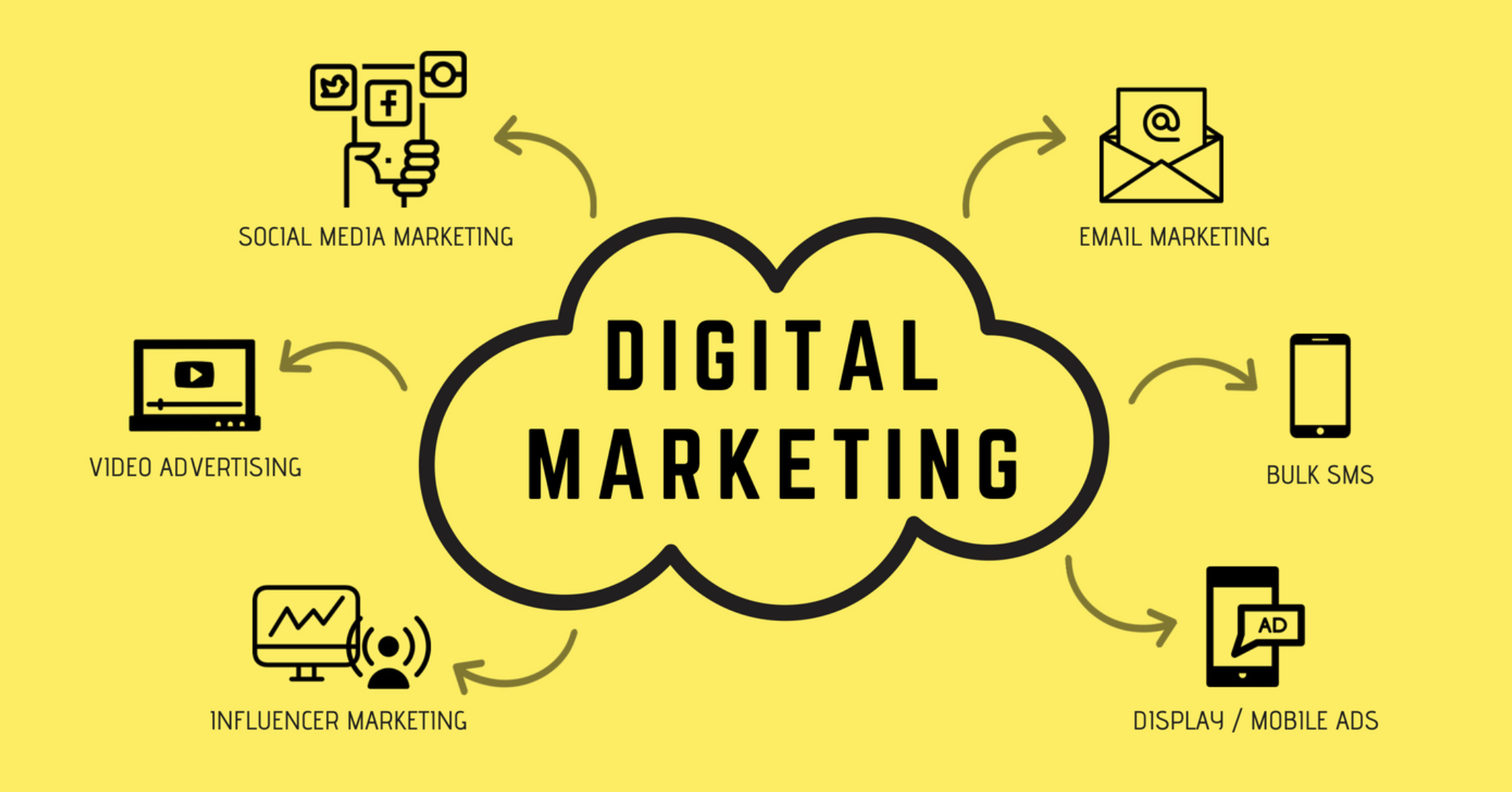The Function of Social Media in Modern Digital Marketing Practices
The Function of Social Media in Modern Digital Marketing Practices
Blog Article
Studying Information to Enhance Your Digital Marketing Performance
In a period where digital footprints are invaluable, evaluating information is vital to optimizing your digital advertising efficiency. This data-driven technique not only lines up advertising and marketing efforts with consumer preferences however also takes full advantage of Return on Financial investment. Curious regarding taking your marketing to the next degree?
Identifying Trick Metrics

Prominent amongst these metrics are Click-Through Rate (CTR), Conversion Rate (CR), and Roi (ROI) CTR suggests the percentage of users who click an advertisement or link, giving understanding right into the effectiveness of innovative possessions and targeting methods. CR procedures the percentage of site site visitors that complete a wanted activity, such as filling or making an acquisition out a kind, hence mirroring the efficiency of the sales funnel. ROI, on the other hand, examines the productivity family member to the expenses incurred, using a comprehensive sight of the financial effect of advertising activities.
Additionally, various other vital metrics like Client Purchase Price (CAC) and Lifetime Value (LTV) supply much deeper insights right into the cost-effectiveness and lasting worth created from advertising and marketing efforts. By diligently tracking these KPIs, businesses can make data-driven decisions to improve and enhance their digital advertising and marketing strategies.
Understanding Consumer Actions
Building on the structure of crucial metrics, an extensive understanding of consumer actions gives a nuanced point of view that drives a lot more reliable digital marketing approaches. By examining exactly how customers engage with your online platforms, you can reveal patterns and preferences that inform targeted advertising and marketing initiatives. This includes scrutinizing different touchpoints such as website navigation, web content intake, and social media interaction.
Comprehending consumer habits starts with segmenting your audience based upon demographic, psychographic, and behavior information. This division allows for personalized advertising, providing to specific demands and choices of distinctive groups. As an example, recognizing frequent customers versus one-time buyers can help customize advertising offers and communication techniques appropriately.
Additionally, mapping the consumer trip is critical. This entails tracking the steps a consumer takes from first awareness to final acquisition, and also post-purchase engagement. By doing so, you can identify prospective drop-off points and optimize these areas to improve client retention and conversion prices.
In addition, evaluating feedback and evaluates offers direct insights into consumer fulfillment and areas for renovation. Understanding the inspirations, pain factors, and assumptions of your target market allows the crafting of more resonant and effective marketing messages, ultimately driving greater involvement and commitment.
Leveraging Analytical Equipment
Using the power of logical devices is essential for optimizing electronic advertising and marketing efficiency. These tools provide granular insights into different facets of marketing projects, from target market involvement to conversion prices.
The utility of analytical tools expands past plain data collection. Heatmaps can expose individual interaction with web site components, while A/B testing tools can determine the performance of different content variations.
Integrating analytical devices with other digital advertising systems, such as social media sites and e-mail advertising and marketing software, develops a cohesive environment for extensive efficiency tracking. This holistic view ensures that all elements of an electronic advertising and marketing strategy are lined up and enhanced. In a significantly affordable digital landscape, the capability to take advantage of analytical devices effectively can be the choosing aspect in between success and torpidity.
Enhancing Material Approach

One key facet of boosting web content technique is understanding audience choices and behavior. Analytics can disclose demographic info, peak interaction times, and favored content formats, such as infographics, blog sites, or video clips. This understanding permits marketing experts to customize their web content to satisfy the certain needs and interests of their target market, therefore boosting the possibility of interaction and conversion.
Furthermore, continual surveillance and evaluation of material efficiency offer insights right into what is functioning and what requires modification. For instance, A/B testing different headings or calls-to-action can yield beneficial information on elements that drive the many involvement. Furthermore, tracking content performance throughout various channels assists in enhancing distribution methods, making sure that the ideal content reaches the appropriate audience with the most efficient platforms.
In essence, data-driven web content strategy enhancement is an intermittent process of analysis, execution, and improvement, geared in the direction of delivering optimal value to both the service description and the target market.
Gauging Project Success
Gauging campaign success is critical for understanding the performance of electronic advertising efforts and making educated choices for future efforts. Key performance indications (KPIs) are vital metrics that supply understandings into campaign performance.
To successfully measure project success, it is important to set clear, quantifiable goals from the outset. These goals must be lined up with wider service goals and offer a benchmark for examining efficiency. Using devices like Google Analytics, social media analytics, and CRM systems can facilitate the monitoring of these KPIs and provide real-time data understandings.
Evaluating this data helps determine which parts of the project are functioning well and which need changes. As an example, a low CTR may suggest that advertisement copy requires improvement, while a high CAC might recommend a need for targeting optimization. Constant monitoring and evaluation make sure that advertising efforts are active and receptive, eventually leading to more efficient and reliable projects.
Conclusion
In conclusion, the optimization of electronic advertising and marketing performance through information evaluation is vital. Constant tracking and data-driven adjustments make sure that advertising and marketing initiatives align with progressing fads, eventually check my source driving higher Return on Financial investment (ROI) and attaining tactical goals.

Report this page